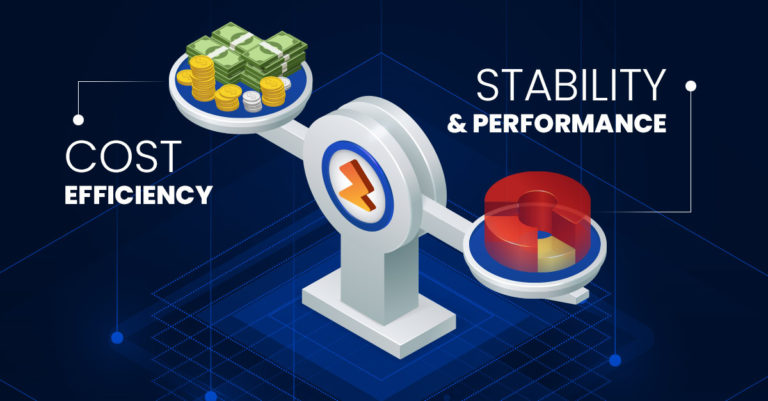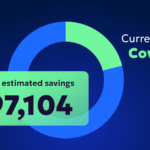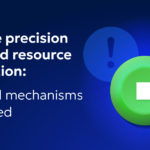
Stability, Performance vs. Cost Efficiency: Do You Have to Choose?

Principal DevOps Engineer
We bet 10/10 times if you’re asked to choose between stability, performance, and cost efficiency, you’ll choose stability and performance each and every time.
The reason for this is obvious. Your business’s credibility can be severely damaged from each crash or outage–and your core responsibility is to make sure this nightmare never occurs. As a result, you’ll safeguard stability and performance at all costs–and when you work in the cloud, these costs can be extremely high.
But is it possible for stability, performance, and cost efficiency to exist simultaneously or is it a dream that will never come into fruition?
Let’s discuss it below.
What’s driving up cloud costs?
Most engineers over provision storage volumes–and that’s nothing to be ashamed of. After all, they’re the ones that get stuck monitoring and managing disk volumes to ensure high application performance.
To make this process easier on themselves and to free up time for more mission-critical tasks, cloud engineers tend to significantly over provision storage to avoid crashes associated with running out of disk space and to prevent themselves from making manual capacity adjustments resulting from unexpected peaks in scale.
While over provisioning may seem like a solution, it causes significant waste which tends to drive up cloud costs. In fact, according to Flexera’s 2021 State of the Cloud Report, about 30%-35% of all organizational cloud spend is waste. This results in paying between 2x-5x extra for cloud storage as the majority of the time, the provisioned storage remains idle and wasted, but paid for by the organization.
Despite these extra costs, over provisioning is a necessary evil as the alternative could have a disastrous impact on application performance should there be an unforeseen fluctuation in scale.
To monitor or to over provision? That is the question
The answer is somewhat bleak. If you don’t over provision, but still want to prioritize stability and performance, engineers will need to spend hours monitoring the cloud. You will need to have someone ready to make adjustments 24/7, even at 2 AM on Christmas Eve.
If a storage disk is about to hit maximum capacity, these engineers will need to manually configure more space and be able to predict exactly how much they will need in advance. This way, they will not need to repeat this process again and again every time you scale.
But as you know, predicting storage needs in changing cloud environments is nearly impossible. Customer onboarding, new products and features, and increased customer usage can all impact the amount of storage you need. And knowing all of these details in advance is not exactly realistic.
Even if engineers were able to make reliable predictions and monitor their cloud environments 24/7, the risk for human error is significant.
As a result, over provisioning has become a best practice for cloud engineers to the dismay of CFOs around the world.
Dynamic cloud infrastructure makes it possible to have it all
Given the current choices, it’s pretty clear why over provisioning is the strategy of choice, even if it means an increase in costs. Stability and performance is simply too important to mess with and time is money when it comes to engineering resources.
Thankfully though, new developments into cloud infra make this issue a thing of the past.
Zesty is pioneering the development of dynamic cloud infrastructure where storage is automatically adapted to match application demand at any given time. Zesty Disk is the first ever auto-scaler for cloud storage volumes. It works by collecting real-time utilization, IOPS, and read/write metrics and using machine learning to analyze this data and predict usage trends. With this information, Zesty Disk automatically merges or detaches storage volumes to fit an application’s storage needs at every moment.
You’d never need to over provision volumes, which ensures your costs stay low. At the same time, stability and performance would be maximized since your disk will always scale alongside your application, eliminating the need for manual adjustments and predictions. Talk about killing two birds with one stone!
Want to learn more about how you can make your cloud infra more dynamic and scalable? Talk to one of our cloud experts to learn more about Zesty Disk.
Related Articles
-
 Zesty introduces Insights: actionable recommendations for immediate cloud savings
Zesty introduces Insights: actionable recommendations for immediate cloud savings
July 24, 2024 -
 Zesty introduces Commitment Manager for Amazon RDS!
Zesty introduces Commitment Manager for Amazon RDS!
July 10, 2024 -
 How to clear budget for AI implementation?
How to clear budget for AI implementation?
June 18, 2024 -
 Ensure precision in cloud resource allocation: Control mechanisms you need
Ensure precision in cloud resource allocation: Control mechanisms you need
June 16, 2024 -
 Straightforward cloud cost analysis: Clear Insights to move the needle
Straightforward cloud cost analysis: Clear Insights to move the needle
June 11, 2024



